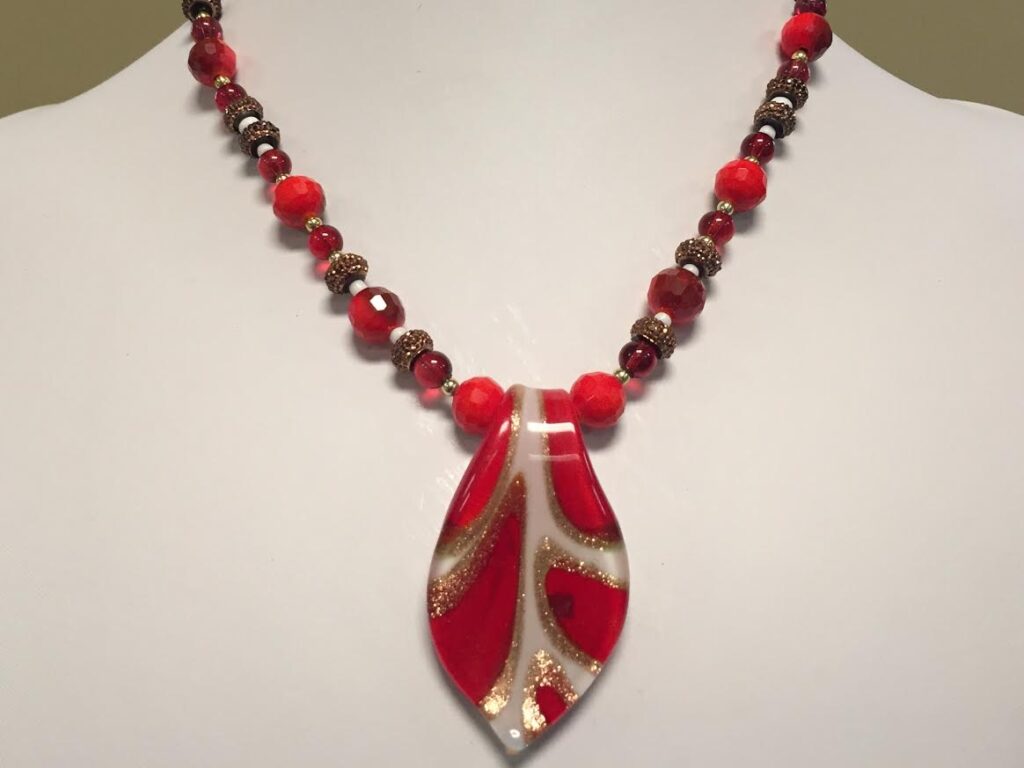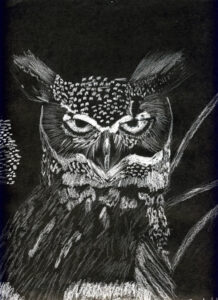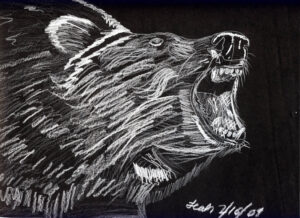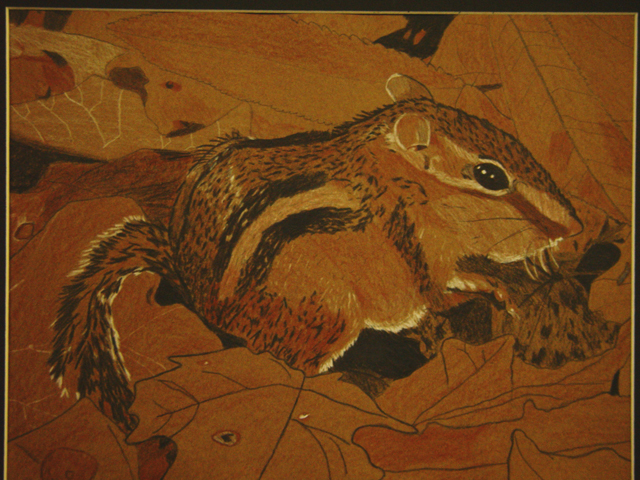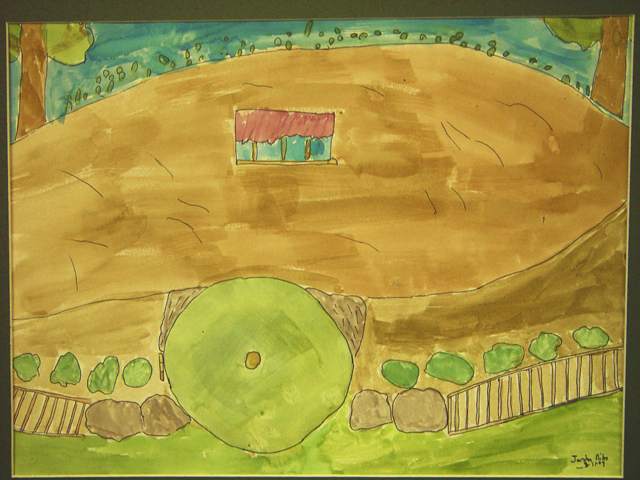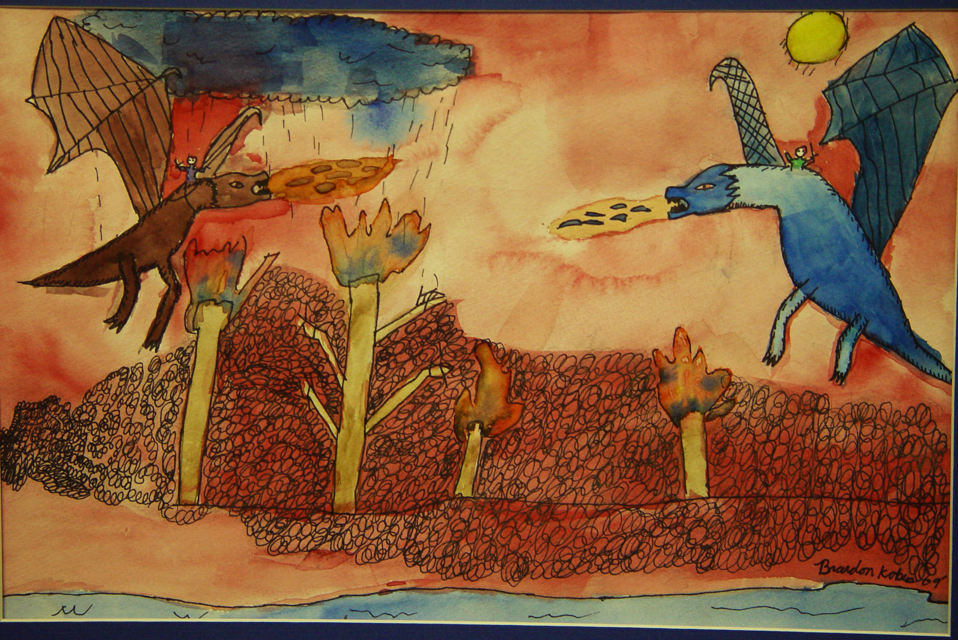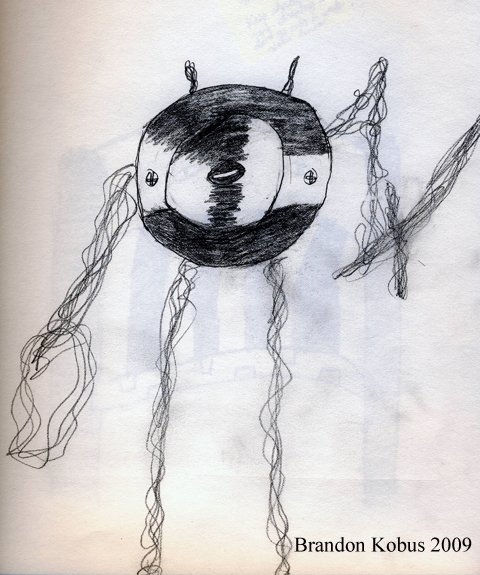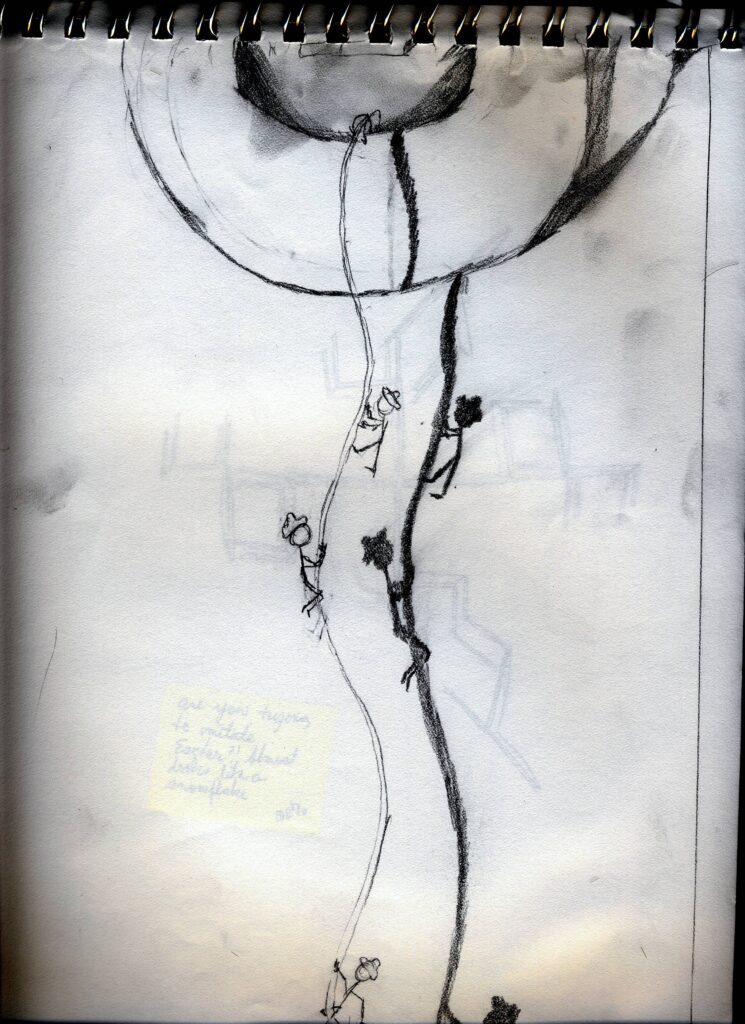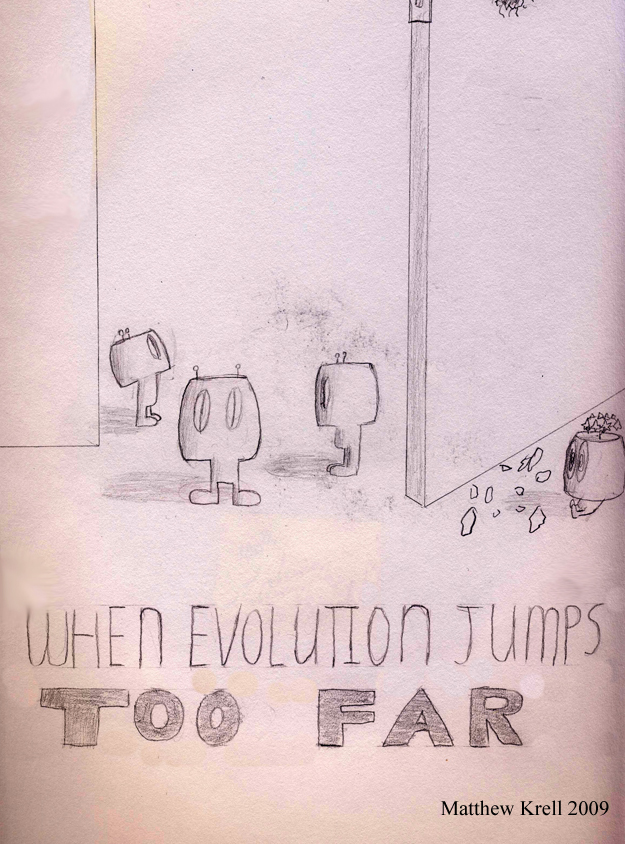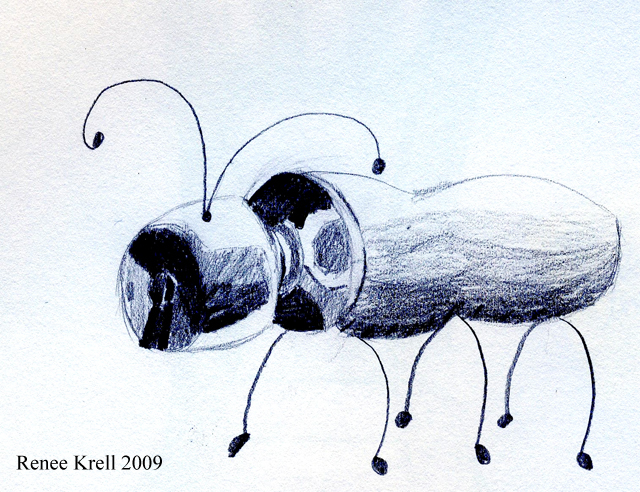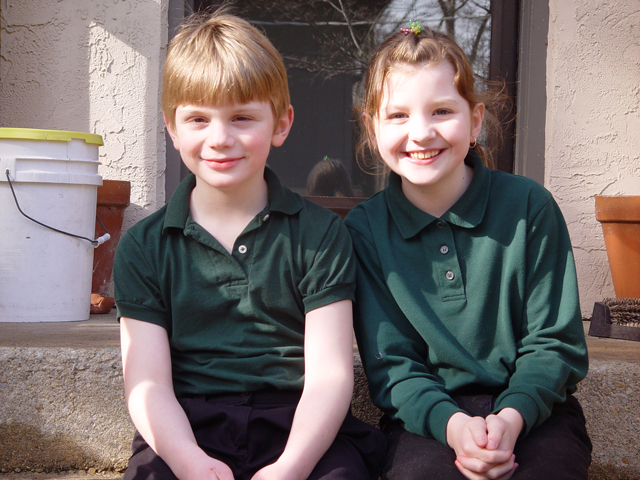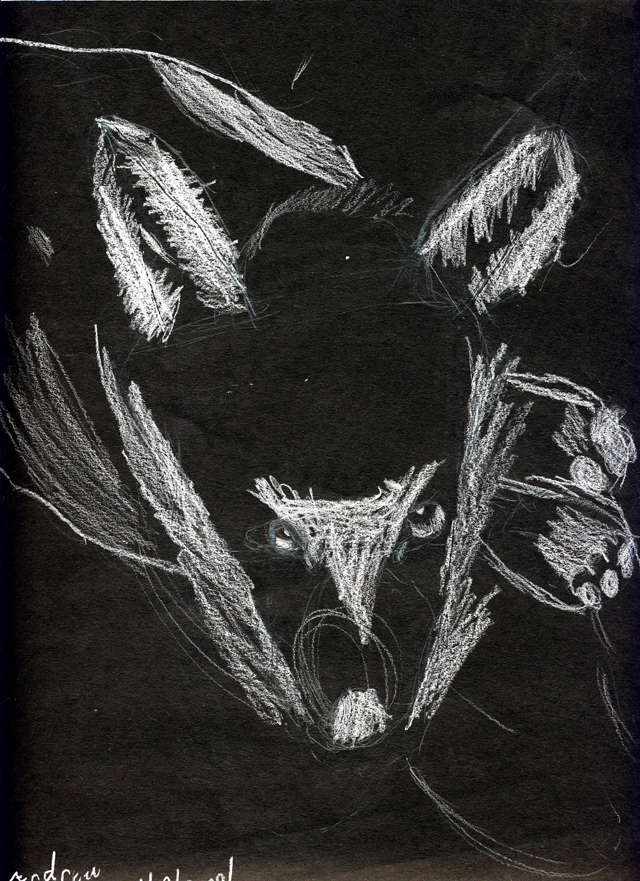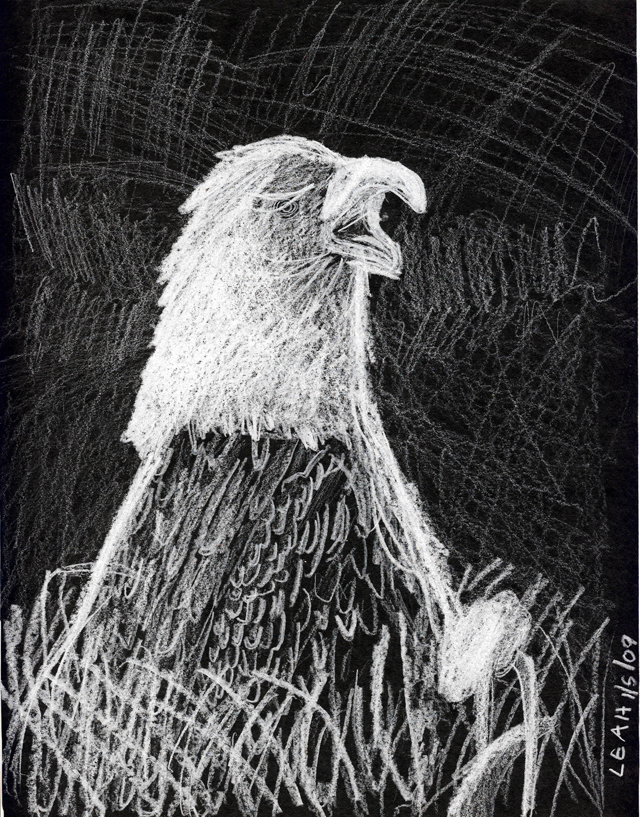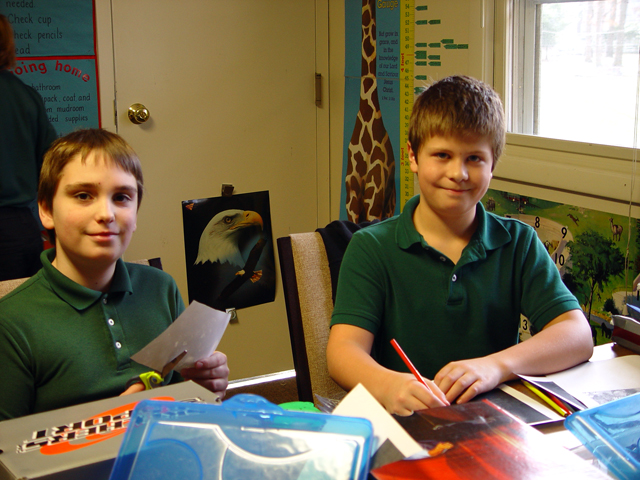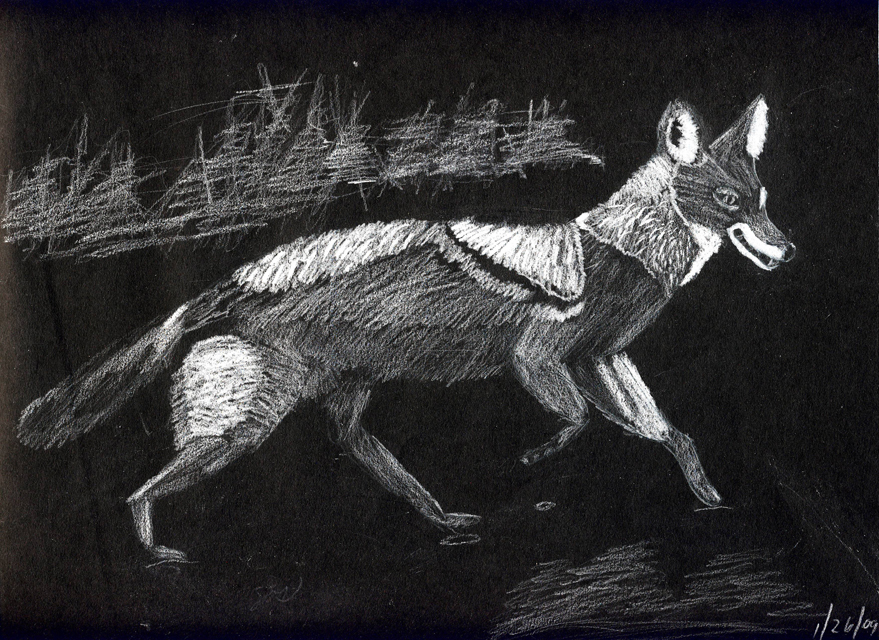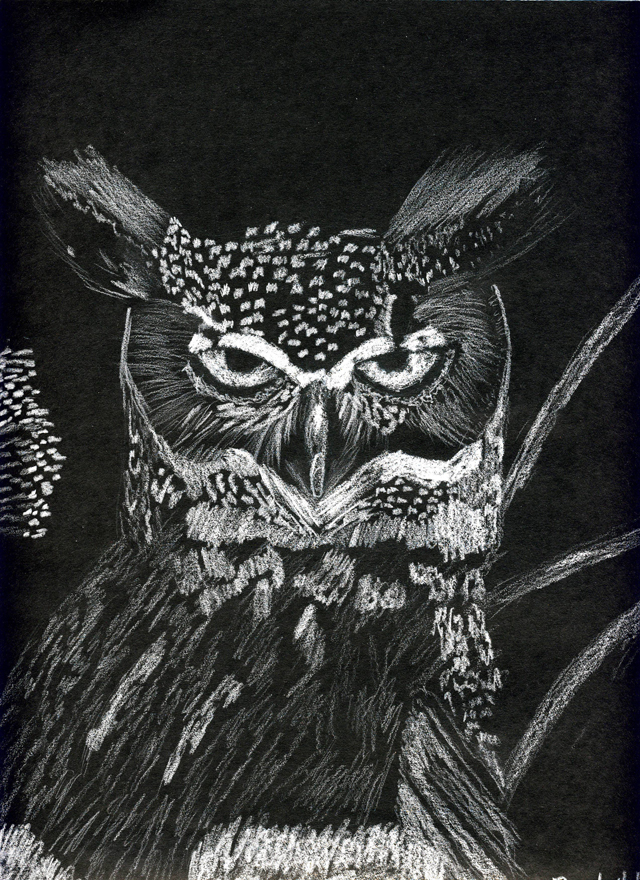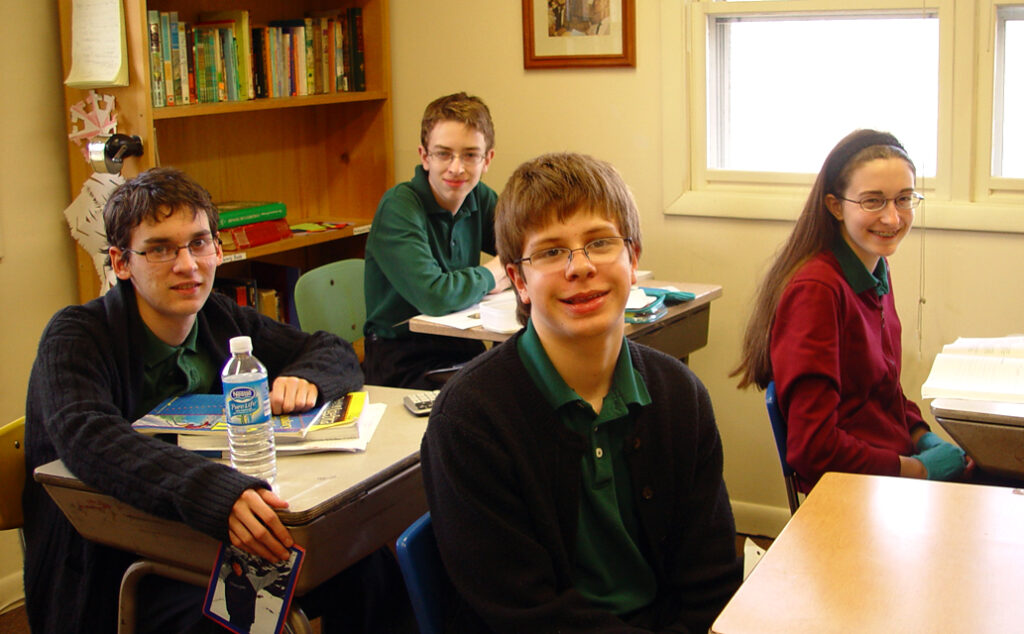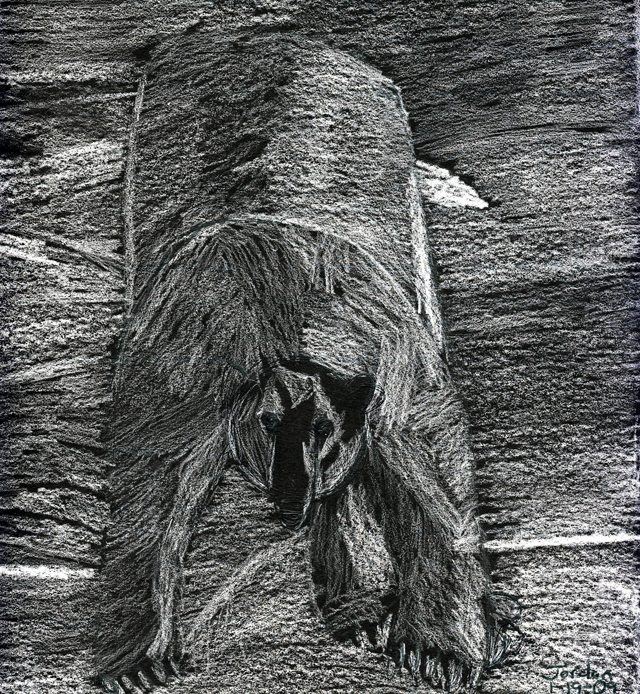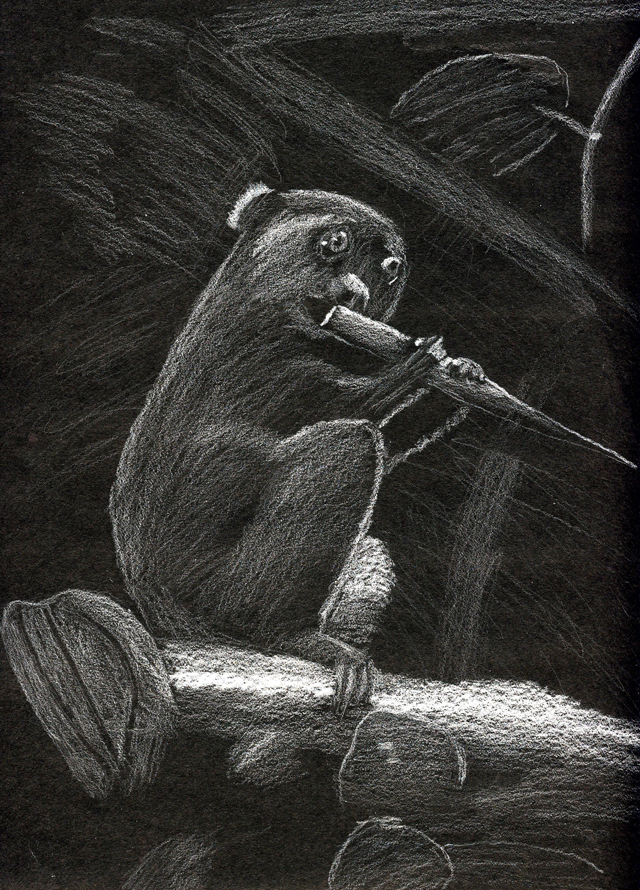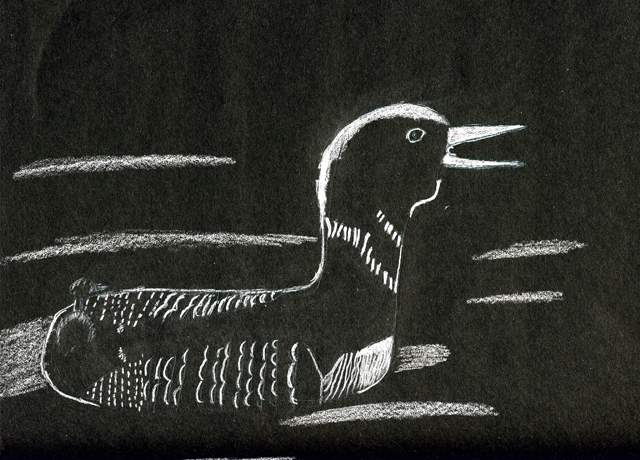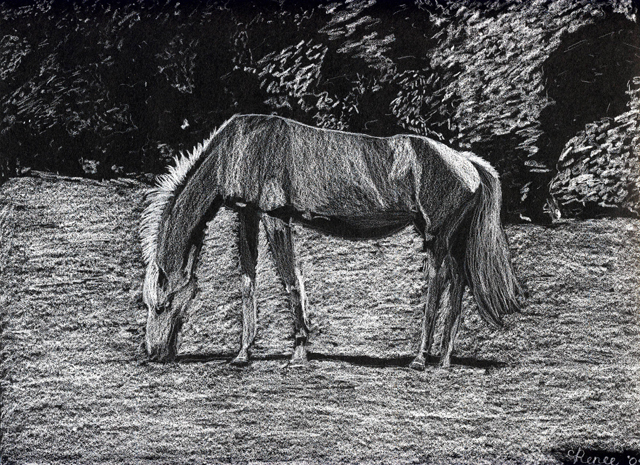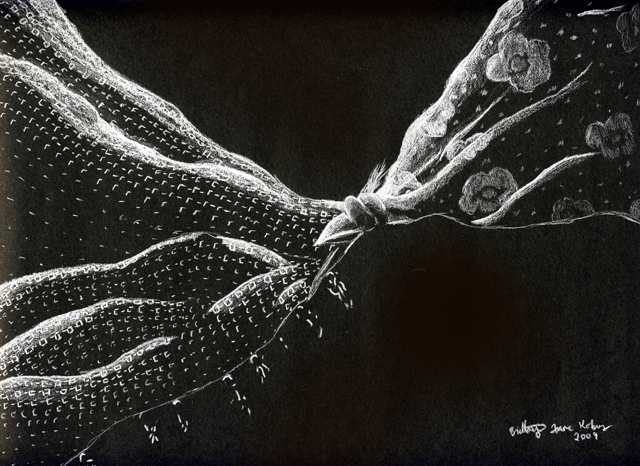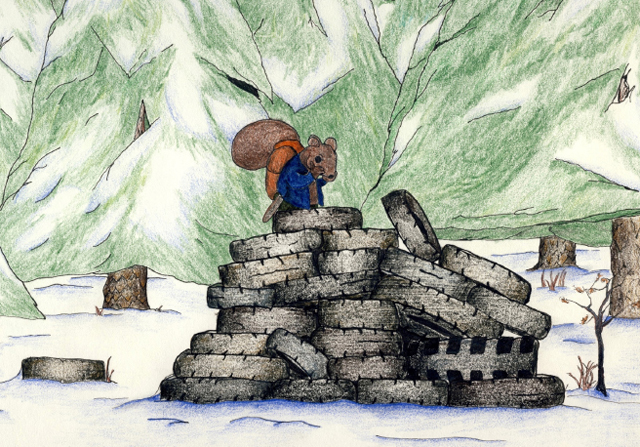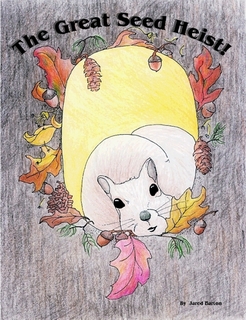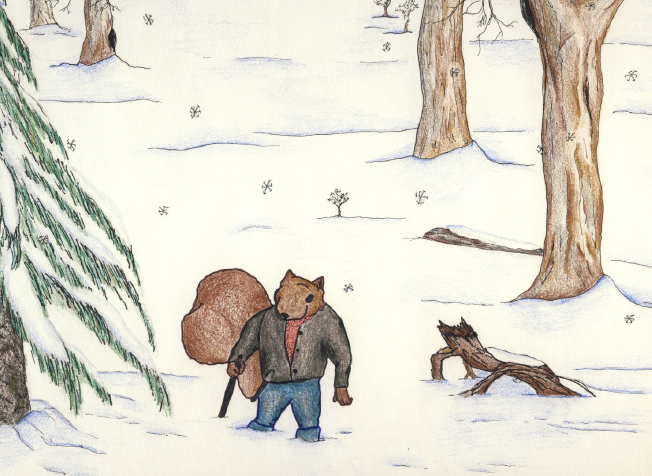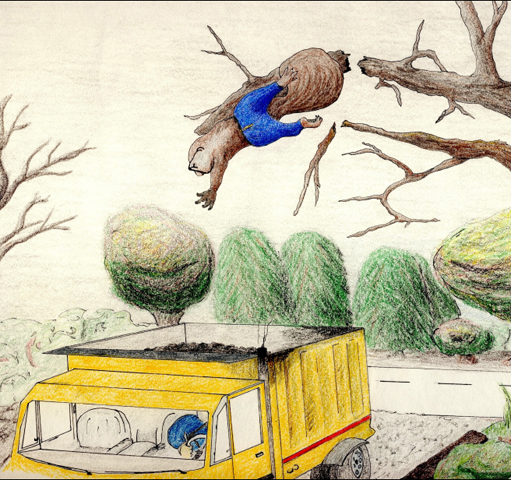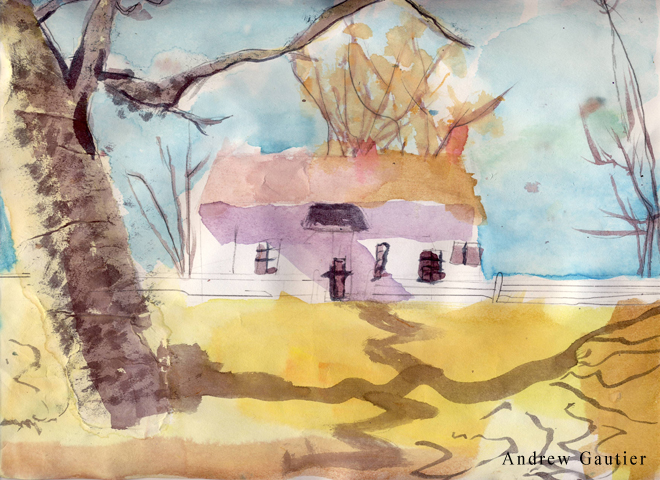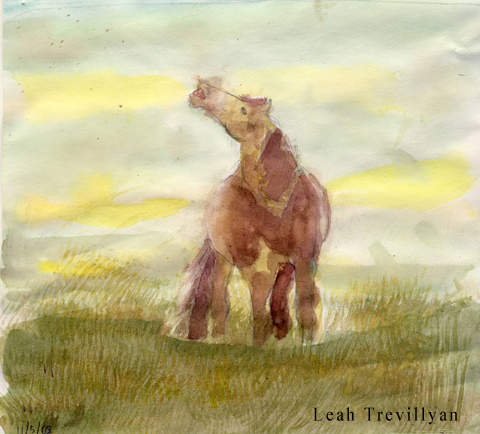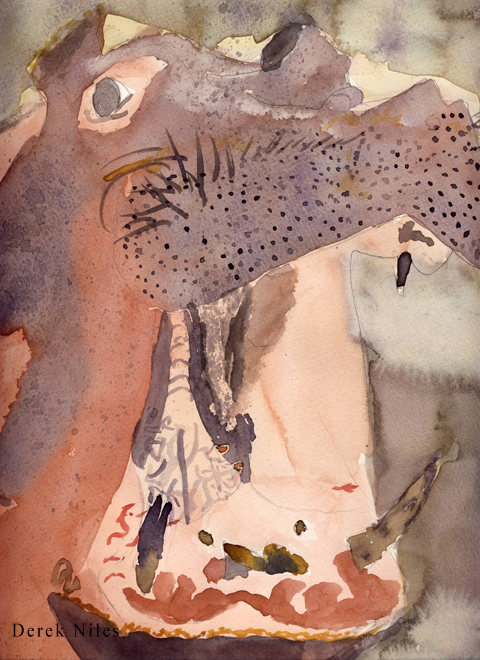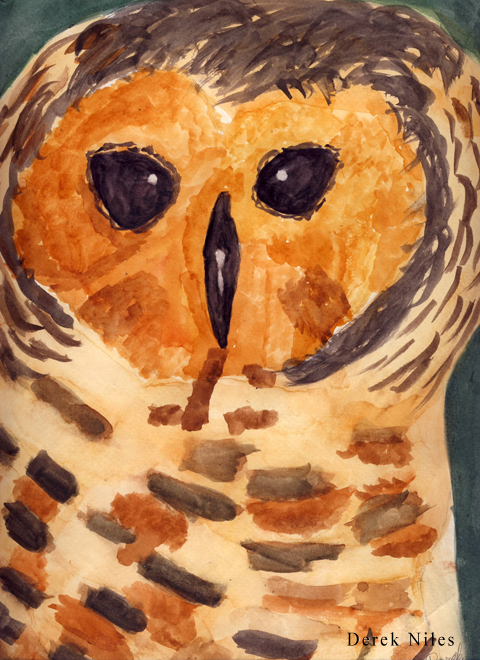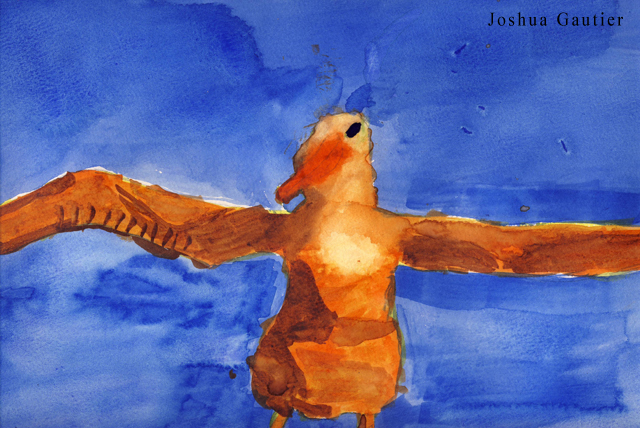There’s a great deal of Christian heritage and tradition that is simply unknown to modern Christians, as our abbot’s recent cathedral pilgrimage amply demonstrates. Once you get a proper command of Christian iconography, it’s hard not to be dismayed at how much spiritual richness the wider church is missing out on.
It’s quite encouraging, then, to see recent Christian artists draw on our symbolic heritage for inspiration. Neil and Kate DeGrade, the Orthodox husband-wife duo behind the rock band Dirt Poor Robins, have done a tremendous job of capturing a piece of this heritage in their recently released concept album, “Firebird.” The title track makes for an excellent Easter meditation.
“Firebird” refers to the mythological phoenix, a great bird that immolates itself to regenerate its life. From Wikipedia:
The phoenix is an immortal bird that cyclically regenerates or is otherwise born again. While it is part of Greek mythology, it has analogs in many cultures, such as Egyptian and Persian. Associated with the sun, a phoenix obtains new life by rising from the ashes of its predecessor. Some legends say it dies in a show of flames and combustion, while others that it simply dies and decomposes before being born again.
Contra frequent (and annoying) perceptions of medieval Europe being held in the grip of an intellectual “dark age,” Christian thinkers were very familiar with the image, and, in fact, saw in it a symbolic reflection of Christ’s own resurrection. From Eleanor Parker’s Winters in the World:
[The Anglo-Saxon poem The Phoenix] tells the myth of the regenerating phoenix, interpreting the birds story, as was common in medieval Christian thinking, as an allegory of Christ’s resurrection and the rebirth of the redeemed human soul.
Winters in the World, pg. 151
It’s a striking poem:
There that bird bears bright ornaments within the tree.
There the wild fowl builds his house in the wilderness
over that high tree, lovely and fair, and dwells there
himself in that sun-filled room, and surrounds himself without,
body and feather in that leafy shade, on every side
with blessed scents and the earth’s most noble blossoms.
[…]
Then the brightest nest
will be purified, the brave house burned out
by the pyre—the body will grow cool,
the bone-vessel broken, and the flames die down.
Then in the fire something like an apple
soon is found in the ashes, and from that grows
a worm, wonderfully fair, as if led forth
out of an egg, glorious from the shell.
Then it grows in the shadows, so that it first
appears like an eagle’s chick, a fair bird in the making.
Then further still, it flourishes in delight
so that it bears something like the form of an old eagle,
and after that, adorned with feathers such as he was
at the start, blossoming brightly.
Toward the end of the poem (it’s quite long), the speaker draws an explicit Christological connection:
Though [Christ] must suffer the blow of death on the rood tree [cross],
that terrible torment, by the third day after his body’s fall
he assumed life again through the help of the Father.
So the Phoenix signifies, fresh in the fold, the might
of the God-child, when he rises once more from the ashes
into the life of lives, equipped with his limbs.
Dirt Poor Robins track “Firebird” takes the metaphor one step further and uses the phoenix as an analogy for how people mature through suffering. The track starts with an profound description of the human condition:
[Verse 1]
We’ve all taken our lashes
Too many our own fault
Still other entrapped us
And doled out their own marks
We can’t change what’s been written
They’re indelible scars
But through the wounds in our hands
We can now see the stars
The Christological reference here is deliberate. “Stars” frequently represent spiritual truths in DPR’s music, and thus this verse is making a profound point: suffering makes us more like Christ, and thus more able to understand spiritual reality and commune with Him.
[Chorus]
So let these scars become
Taller than mountains
Rising above the storm, we
Now see further than before
The ashes reignite
Within our gravesites
It’s time for your return
Firebird
Our suffering becomes the means by which we grow as people. Like a phoenix, the “death” we experience through suffering has a regenerative effect if we recognize the wisdom we have gained from it.
[Bridge]
It isn’t that the fever’s leaving me
It’s soaring higher
My hope is rising with the mercury
And it stokes the pyre
Though it will not burn this body
When death had trampled dying
The phoenix will arise
“When you walk through the fire, you will not be scorched, Nor will the flame burn you.” Isaiah 43:2. Most of us will not experience the miraculous version of this promise, but devoted Christians absolutely experience it in the symbolic and metaphorical sense. Even though the hardships of life may threaten or seem to destroy us, we have every reason to hope, because Christ has conquered Death. The more intense our suffering gets, the more we know something of Christ’s suffering for us on the cross and the life and strength he imparts to us. Even though the hardships of life may destroy us, emotionally or even physically, we will, like our Easter phoenix, rise to everlasting life.
You can listen to the track “Firebird” here, and find more about Dirt Poor Robins here.
